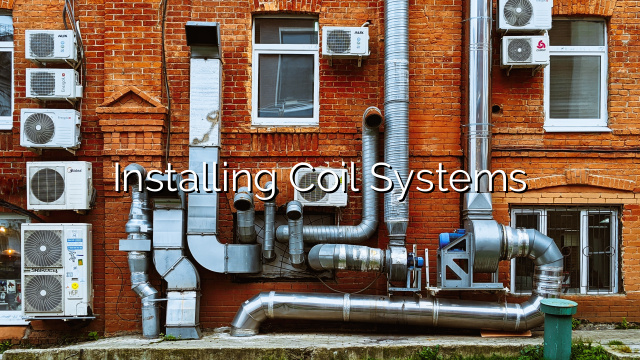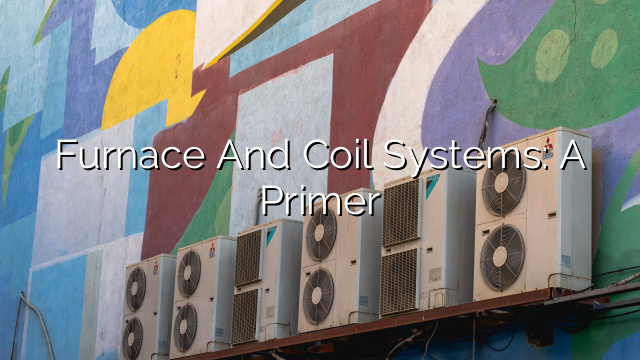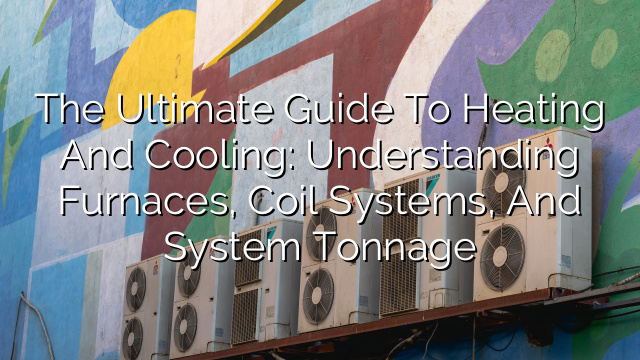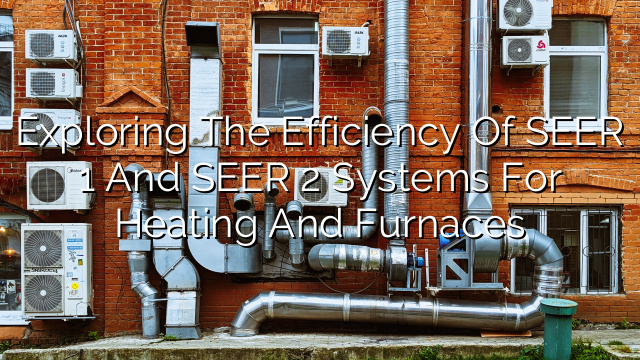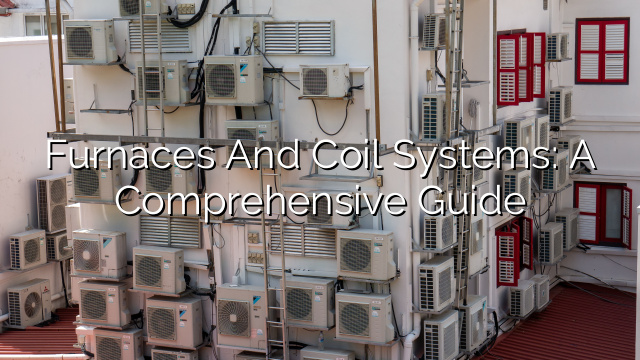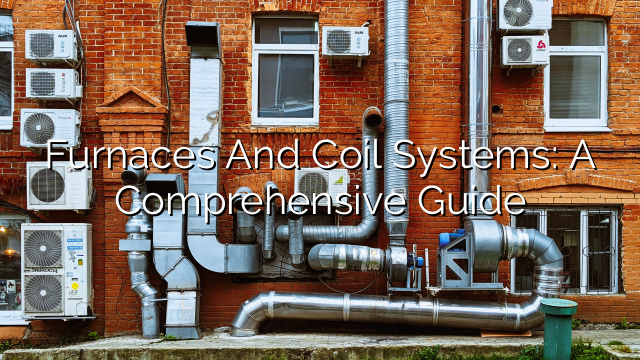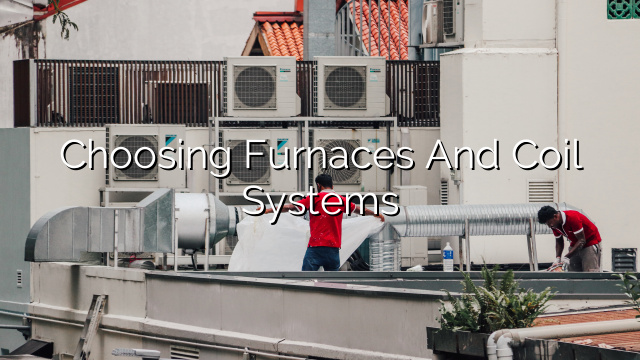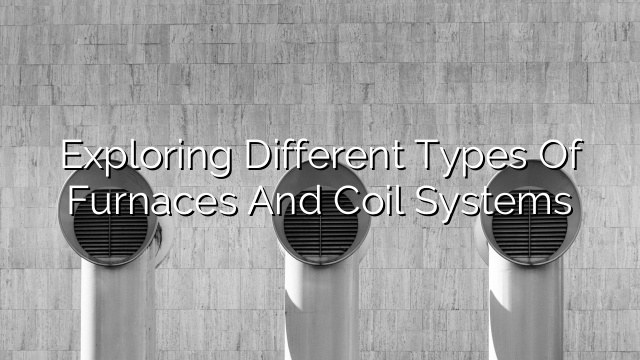What are coil systems?
Coil systems are a crucial component of HVAC (heating, ventilation, and air conditioning) systems. They are responsible for the transfer of heat or cooling between the air and the refrigerant in the system. These systems consist of two types of coils: the evaporator coil and the condenser coil. The evaporator coil is located indoors and extracts heat from the air, while the condenser coil is situated outdoors and releases the heat into the environment. Together, these coils play a vital role in maintaining a comfortable indoor temperature.
Why is it important to install coil systems properly?
Proper installation of coil systems is essential to ensure the efficient and effective operation of HVAC systems. A correctly installed coil system can help improve energy efficiency, enhance indoor air quality, and extend the lifespan of the equipment. On the other hand, improper installation can lead to a range of issues, including reduced system performance, higher energy consumption, and increased wear and tear on the equipment. Therefore, it is crucial to hire a professional HVAC technician who is knowledgeable and experienced in installing coil systems.
Steps to install coil systems:
- Determine the location: Before installing the coil system, it is important to determine the appropriate location for both the evaporator and condenser coils. The evaporator coil should be placed in a central location inside the building, while the condenser coil should be positioned outdoors in a well-ventilated area.
- Prepare the area: Clean and prepare the area where the coil system will be installed. Remove any debris or obstructions that could potentially hinder the installation process or affect the performance of the system.
- Mount the evaporator coil: Install the evaporator coil in the designated location. Ensure that it is securely mounted and aligned properly with the air handling unit. Connect the necessary refrigerant lines, electrical connections, and drainage system.
- Install the condenser coil: Place the condenser coil in the outdoor location, making sure it is level and securely mounted. Connect the refrigerant lines, electrical connections, and condensate drainage system.
- Secure and insulate the refrigerant lines: Properly secure and insulate the refrigerant lines to prevent any leaks or energy loss. Use appropriate insulation material to ensure efficient heat transfer and minimize condensation.
- Connect the electrical and control wiring: Connect the electrical wiring and control wiring according to the manufacturer’s instructions. Ensure that all connections are properly secured and insulated to prevent any potential hazards.
- Test the system: Once the coil system is installed, it is important to thoroughly test the system to ensure it is functioning properly. Check for any leaks, monitor the air temperature, and verify that all components are working as intended.
- Perform regular maintenance: After installation, it is crucial to perform regular maintenance on the coil system to keep it running smoothly. This includes cleaning the coils, checking refrigerant levels, and inspecting for any signs of wear or damage. Regular maintenance can help prevent issues and prolong the lifespan of the equipment.
Hire a professional for coil system installation
While coil system installation may seem straightforward, it is a task best left to professionals. Hiring a qualified HVAC technician ensures that the installation is done correctly and in compliance with industry standards. Professionals have the necessary knowledge, expertise, and equipment to handle the installation process safely and efficiently. Additionally, they can provide valuable advice on selecting the right coil system for your specific needs and offer ongoing maintenance services to keep your system in optimal condition.
Conclusion
Proper installation of coil systems is essential for the efficient and effective operation of HVAC systems. By following the steps outlined above and hiring a professional HVAC technician, you can ensure that your coil system is installed correctly and will provide optimal heating and cooling performance for years to come.

